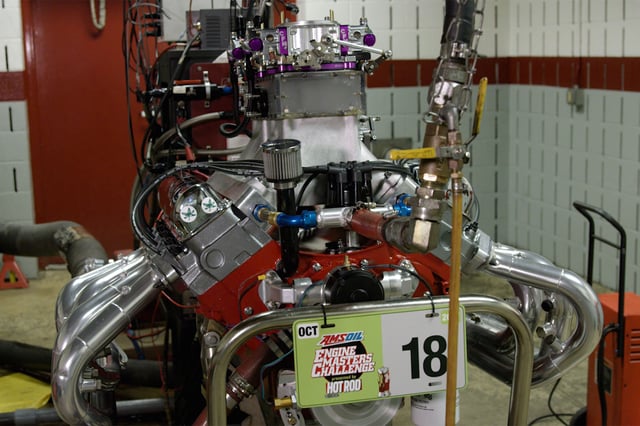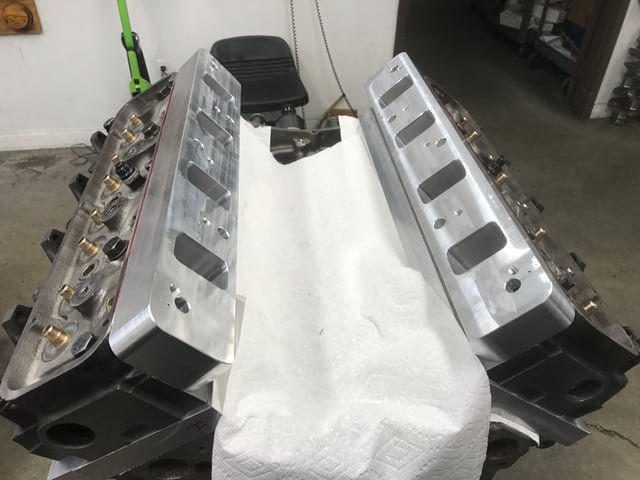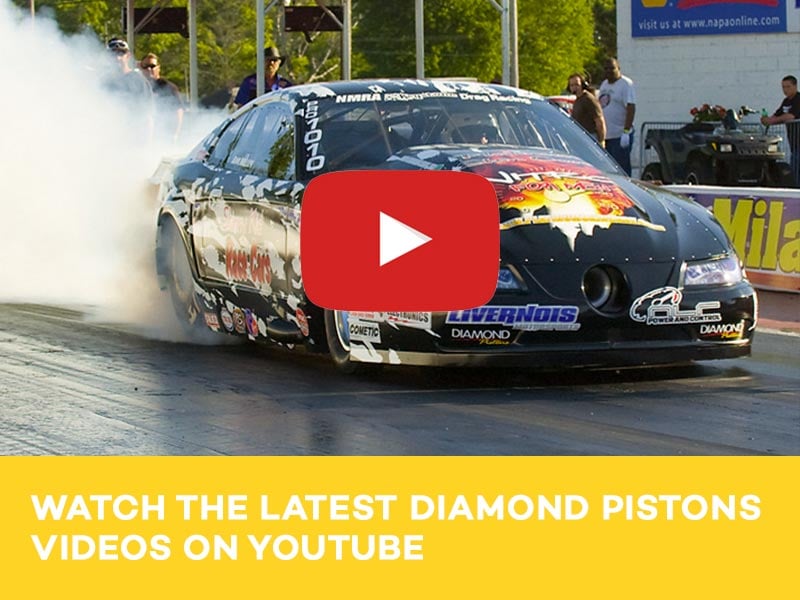Jon Kaase is known for wacky, wild, and always-powerful builds. He's been a dominant force at the annual Engine Masters competition and this year, he's coming back, loaded for bear.

Some guys just like a challenge. If you really want to know how good you are at building a competitive race engine – try crossing swords with Jon Kaase in the Vintage Engine class. It’s no cake walk.
If you don’t know Jon Kaase (pronounced Kaw-zee), then you’d be well served to absorb a little history. Kaase is a seven-time Engine Masters champion all of which came much later after making his name first by winning the 1977 NHRA Pro Stock championship as Dyno Don Nicholson’s crew chief. Later he perfected the art of building monster displacement drag race engines for IHRA Pro Stock. Then he added to his resume by resurrecting the Boss 429 hemi heads as his own – he calls them the Boss Nine heads and they make killer power. He also has a penchant for creating horsepower in unconventional ways.

Last year’s 2017 Vintage class-winning engine was his 473ci MEL (Mercury-Edsel-Lincoln) iron maiden he perfected in partnership with Royce Brechler. What tweaked everybody’s curiosity was Kaase’s innovation that extended the stock valve seat positions using “inserts” that were positioned into the combustion area inside a very thick head gasket. Kaase says the idea evolved after he recalled a photo he saw in a magazine 30 years prior of a set of Ford engineering GT40 prototype heads. That idea spurred him to the unconventional move that drastically improved the MEL heads’ airflow. This proved itself when the engine made an astonishing 769 hp at 6,300 rpm and won the Vintage class.
He put the much-modified heads on a flow bench just to see what they would do. “I was surprised at how well those heads flowed. The intake flows around 390 cfm and 300 on the exhaust. But we don’t put much emphasis on flow bench numbers.”
This year, the engine returns with some minor tweaks. It is still at 473ci and Kaase’s goal this year is to encourage the MEL past 800 hp. The shortblock’s Diamond Racing 4.250-inch bore pistons and a Total Seal ring package will remain along with the modified heads and 2.250/1.73-inch valves. Kaase says he will concentrate his efforts this year on the intake manifold by replacing the plastic plenum with a larger aluminum version, bigger carburetors, and also with new cam cores that will offer a fresh opportunity.

Estimating what the engine will make during competition is difficult since engine dynos often deliver significantly different numbers. Kaase said, “On our dyno, we made 880 hp with this engine at 6,800 rpm last year” but the numbers were dramatically lower on test day and also limited to 6,500 rpm. On last year’s engine, “It seems like no matter what we did, this engine made about 1.55 to 1.6 pounds of torque per cubic inch.” One key, Kaase says, is that all engines make what they will make at torque peak and tuning rarely changes that figure very much. He says working on the power on either side of that peak is where you can score points.
“We’d like to see some really good peak numbers this year. I’d almost rather have the big number and I’d be okay with that.” That might conjure up the image of Babe Ruth pointing to the right center bleachers during the fourth game of the 1932 World Series. Kaase is not one to brag, mainly because – well – he doesn’t have to play that game. But just so you know, Ruth put it out of the park on the very next pitch.

